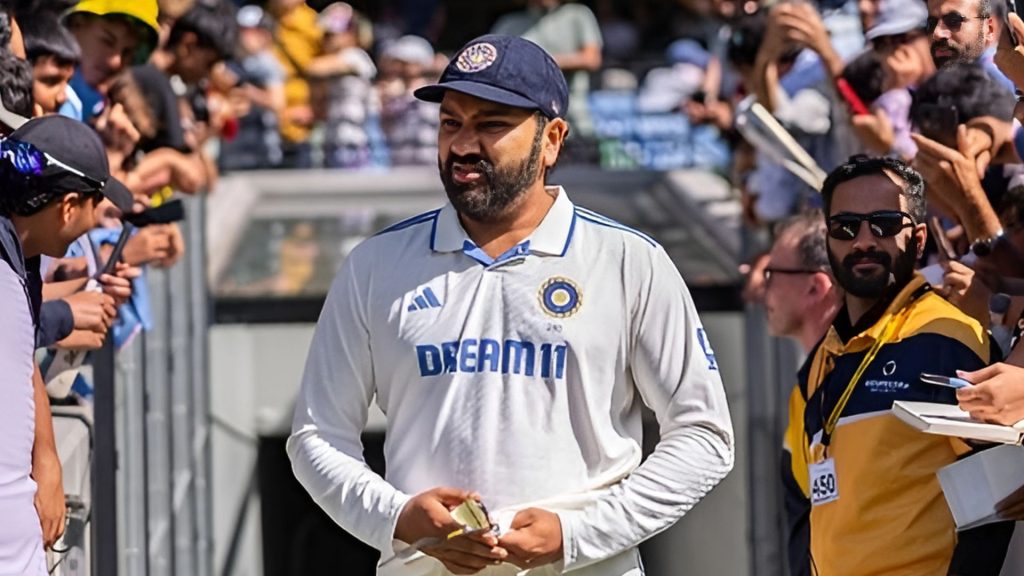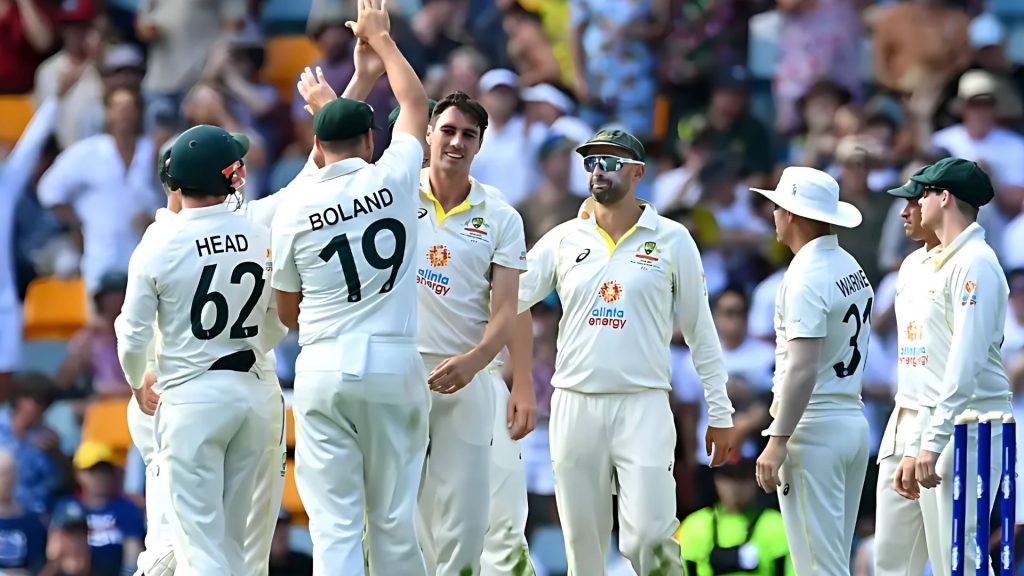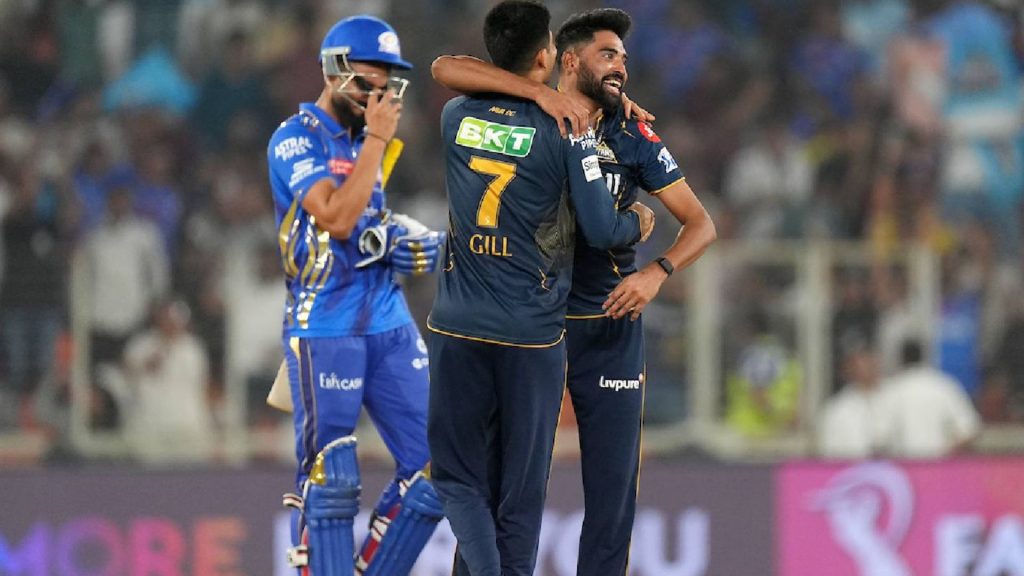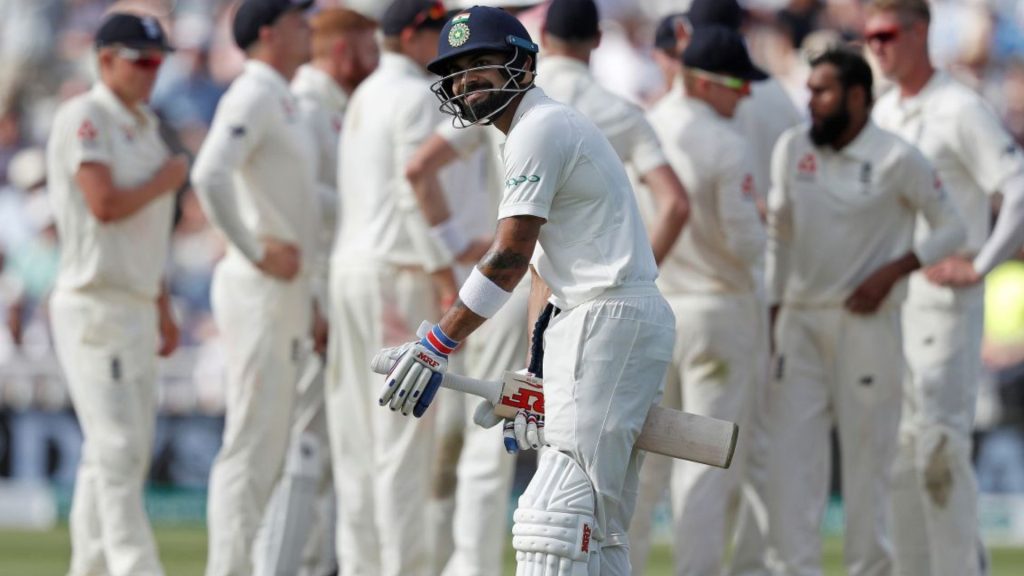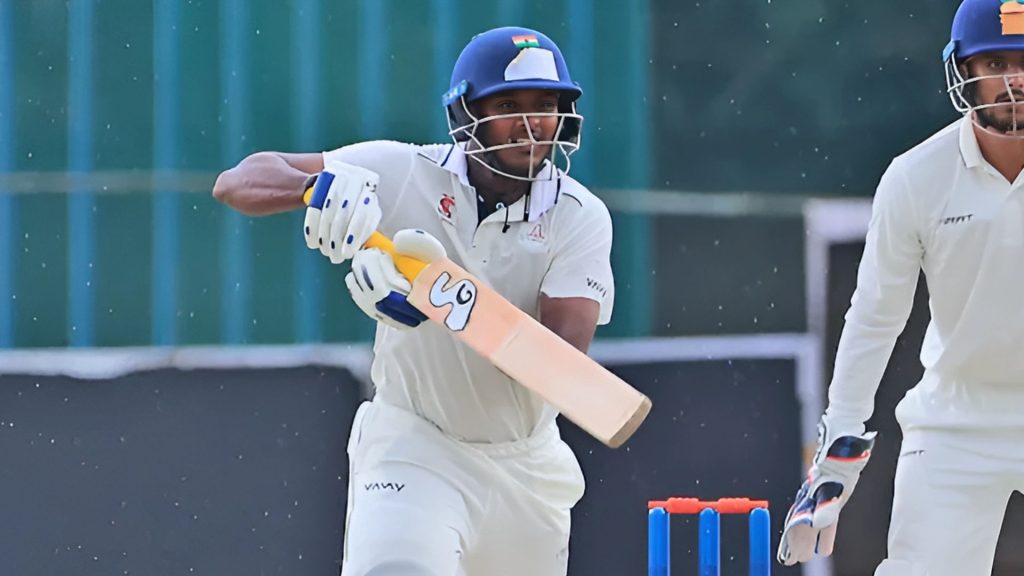In the ever-evolving world of cricket, where legends retire to make way for fresh talent, there’s a twist in the tale that has fans and analysts buzzing with anticipation. James Anderson, widely celebrated as one of the greatest swing bowlers the game has ever seen, has sparked a flurry of speculation regarding his potential return, not to the whites of Test cricket, but to the colorful arena of T20 cricket. This unexpected move, if it materializes, could redefine the twilight years of a cricketing career and set a precedent for other veteran bowlers eyeing a T20 stint.
James Anderson, whose career has been a masterclass in swing and seam bowling, has predominantly been a force in the longer format of the game. With over 600 Test wickets and a pivotal role in England’s Test victories, Anderson’s decision to contemplate a T20 return is a bold pivot. Known for his ability to move the ball both ways, Anderson has always thrived on conditions and nuances that longer formats provide, making his potential foray into T20 cricket a subject of intrigue.
The whispers of Anderson’s return to T20 cricket stem from a blend of personal ambition and the changing dynamics of the sport. Posts and snippets from social media platform X (formerly known as Twitter) suggest Anderson’s interest was piqued after observing the success of swing bowling in The Hundred, a domestic T20 competition. This, coupled with his recent statements about not having fully retired from cricket, has fueled the speculation. Anderson’s comments on being aware of not playing for England again but keeping his options open for franchise cricket have only added fuel to the fire.
The strategic aspect of Anderson’s potential return lies in his unique bowling skills. In the fast-paced world of T20 cricket, where power-hitting often trumps precision, Anderson could bring a rare element of guile and deception. His ability to swing the ball, even in the shortest format, could pose significant challenges for batsmen, especially in the powerplay overs. This skill set, rare among T20 bowlers, might just be the ace up the sleeve that many franchise teams are looking for.
Moreover, Anderson’s experience and cricketing brain could be invaluable in a T20 side. His mentorship could play a crucial role in nurturing young fast bowlers, helping them understand the intricacies of swing and seam movement that are often overlooked in the haste of T20 cricket. This dual role as a bowler and mentor could be a game-changer for any team willing to take a gamble on him.
The logistical and contractual aspects, however, remain to be seen. At 42, Anderson’s physical fitness and ability to adapt to the high-intensity nature of T20 cricket would be under scrutiny. Franchise teams would need to weigh the risk versus the potential reward of having a cricketing legend in their ranks. Additionally, the financial implications of signing a player of Anderson’s stature would need careful consideration.
If Anderson does make a comeback, it would not only be a testament to his undying love for the game but also a significant chapter in the evolving narrative of cricket. It would challenge the conventional wisdom that Test specialists are too specialized for the T20 format and could inspire a new generation of bowlers to master swing and seam, even in cricket’s shortest version.
As whispers turn into discussions and discussions into potential offers, the cricketing world watches with bated breath. Will James Anderson, the Swing King, add another crown to his legacy by mastering the T20 domain? Only time will tell, but the very thought of it has already started a new conversation in the corridors of cricket.
